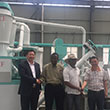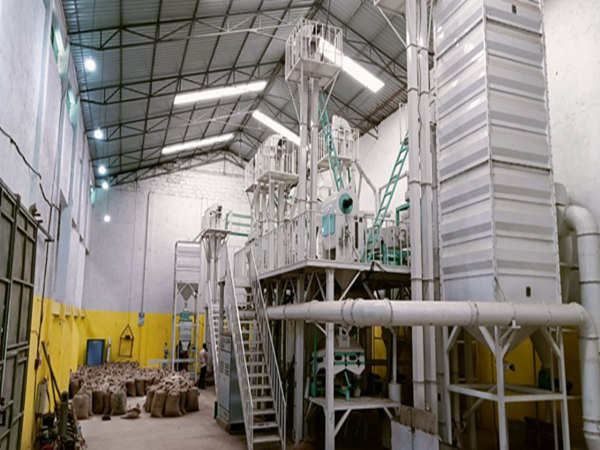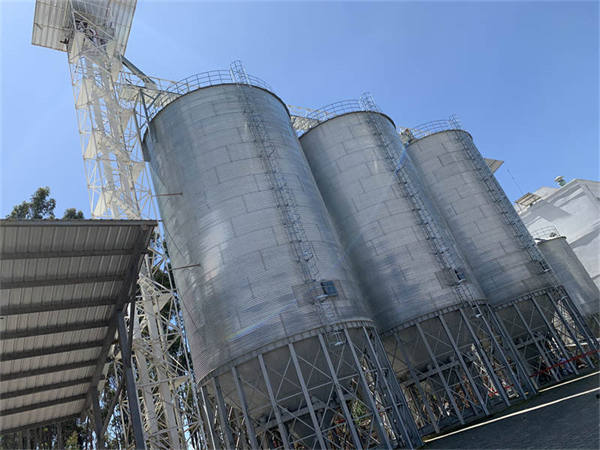What is cleaning and grading of grain?
SynopsisCleaning and grading are the first and most important post harvest operations undertaken to remove foreign and undesirable materials from the threshed crops and grains and also to separate the grains into various fractions.
Grain Cleaning: Why it Matters
Grain cleaning is a process that removes impurities such as dirt, rocks, sticks, and broken grains from raw harvested grains. The purpose of grain cleaning is to improve crop quality, market value, and storage longevity. Grain impurities can cause contamination, spoilage, and reduced nutritional value. Cleaning grain before storage reduces the risk of mold, pests, and infestations, which can cause significant financial losses.
Grain cleaning often involves mechanical processes such as screening, aspiration, and magnetic separation. Advanced technologies like optical sorting can sort grains and remove unwanted materials with high accuracy and efficiency. High-tech cleaning processes minimize the need for manual labor, save time, and improve the overall effectiveness of grain cleaning.
Grain Grading: Ensuring Consistency and Quality
Grain grading is the process of assessing crop quality and sorting grains according to their size, weight, and damage levels. Grading is crucial in determining the market value of crops and ensuring consistency in quality. High-quality graded grain fetches better prices in the market, resulting in increased profitability for agricultural businesses.
Grain grading typically involves sorting grains based on their size, shape, and density. Grading can also evaluate moisture content, protein content, and other nutritional factors that affect the quality of the crop. Grading can be done manually, but advanced technologies like color sorting, image recognition, and computer algorithms enable high-speed and accurate grading.
Benefits of Grain Cleaning and Grading
Grain cleaning and grading is vital to ensure the quality of crops, improve storage longevity, increase profitability, and reduce waste. Cleaned and graded grain ensures safety for consumers, enhances the market value of crops, and promotes sustainable agricultural practices.
By investing in advanced grain cleaning and grading technologies, agricultural businesses can improve their productivity, reduce labor costs, and achieve consistent quality across their products. Advanced technologies also minimize the risk of contamination, pests, and infestations.
Conclusion
Grain cleaning and grading is a critical process for agricultural businesses to ensure the quality and consistency of their crops. Advanced technologies in grain cleaning and grading have revolutionized the agricultural sector, promoting sustainable practices and efficient production processes. By investing in advanced technologies, agricultural businesses can achieve maximum efficiency, reduce waste, and improve profitability while promoting healthy, safe, and nutritious crops. In conclusion, grain cleaning and grading is essential to producing high-quality crops. Advanced technologies like optical sorting, color sorting, and computer algorithms minimize the risk of contamination and pests while ensuring consistency in crop quality. Agricultural businesses that invest in advanced grain cleaning and grading technologies can achieve maximum efficiency, reduce waste, and increase profitability while promoting healthy crop production. By prioritizing the cleaning and grading of their crops, farmers and agricultural businesses contribute to the sustainability and safety of our food system.











Leave a reply